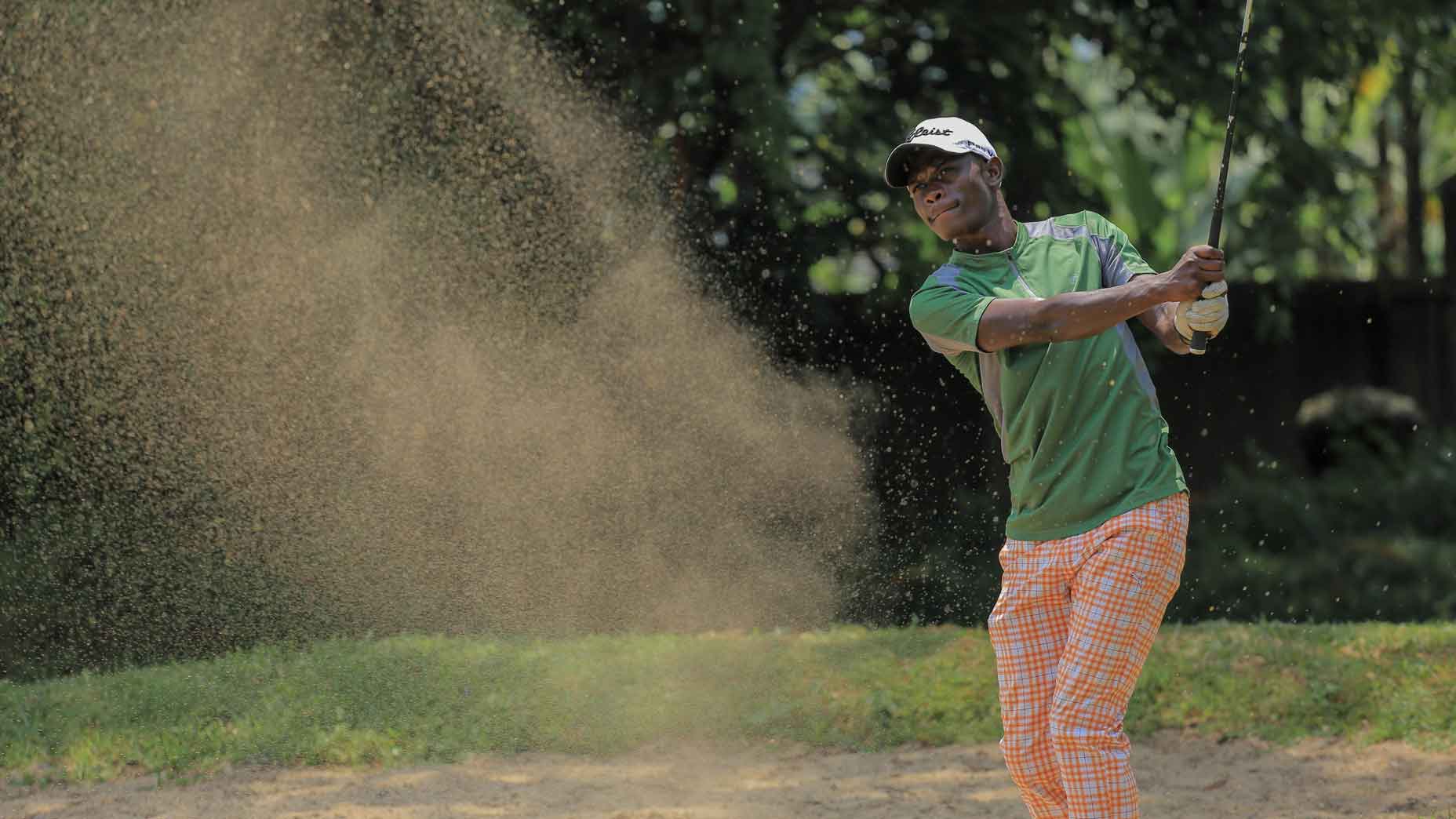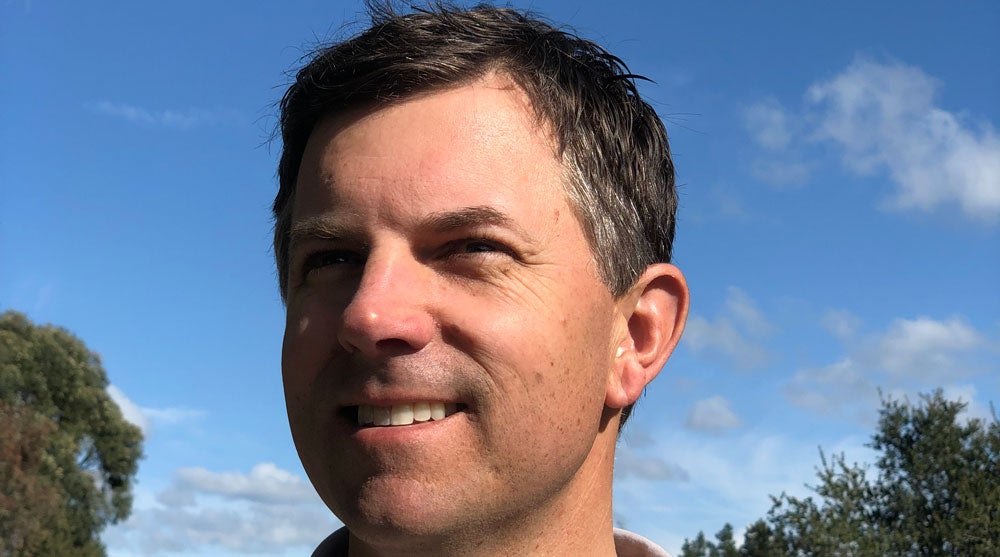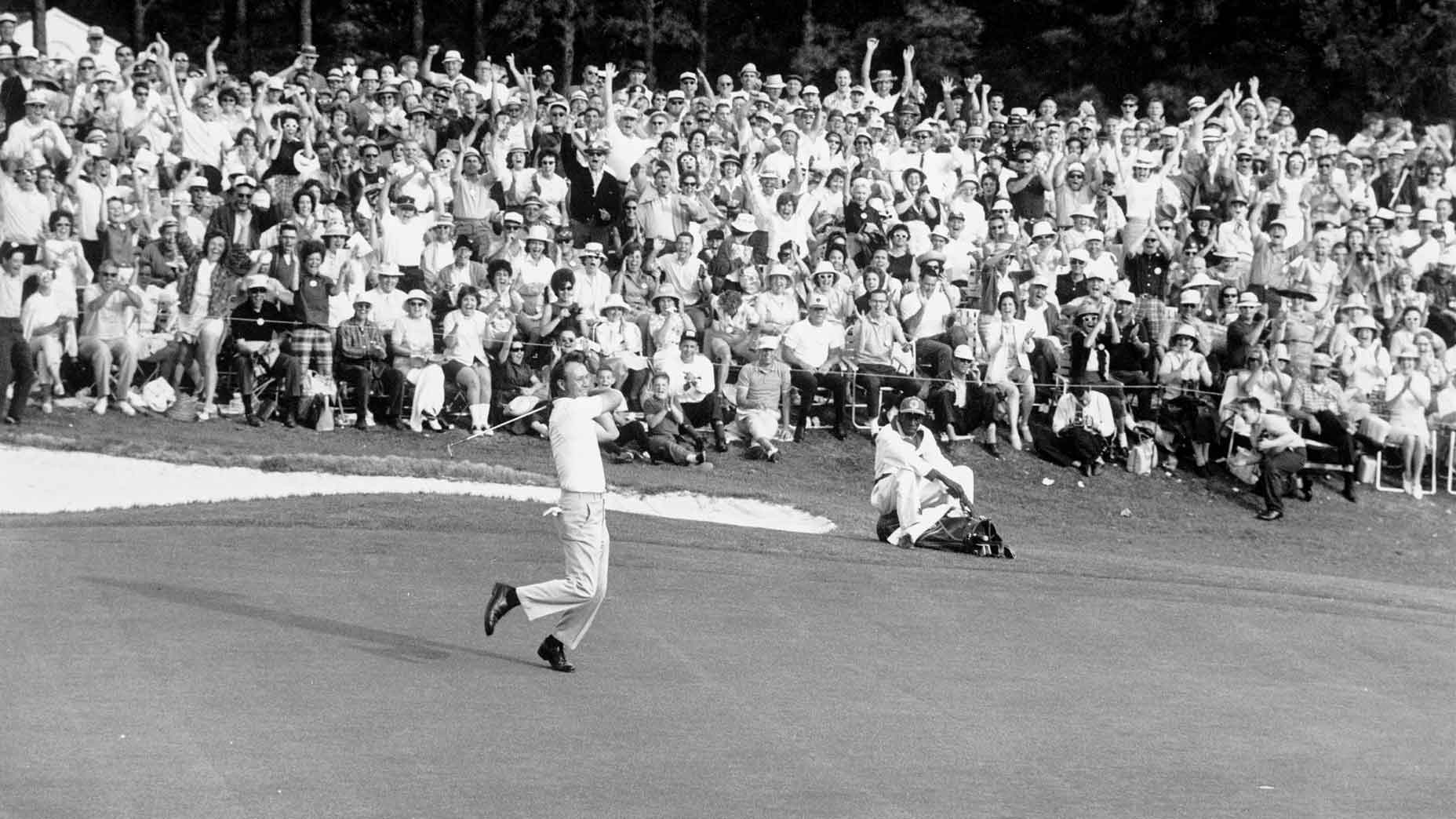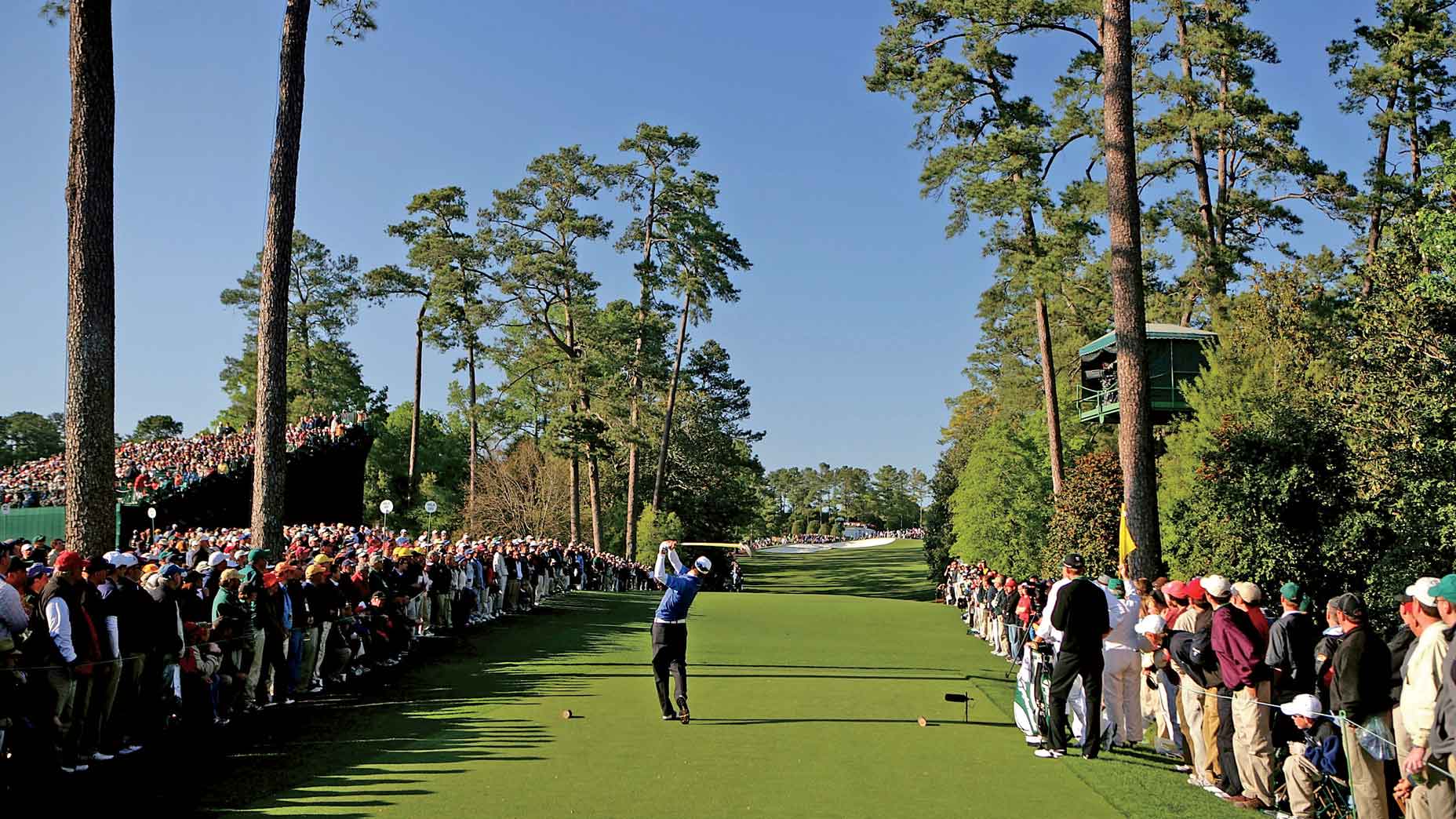 He caddied for $1 a bag. Now, he’s fostering hope through the game
He caddied for $1 a bag. Now, he’s fostering hope through the game
This golf course superintendent turns iconic golf holes into stunning works of art
Many keen-eyed golfers recognize the artistry in golf course architecture.
Josh Smith takes that sensibility a step further.
He turns golf-course architecture into art.
As the superintendent at Orinda Country Club, just east of San Francisco, Smith, 43, spends his days minding the grounds of a 1920s Willie Watson design.
In his off hours, he moonlights in a different medium, producing golf-themed oil paintings in a garage studio attached to his home.
His portraits capture many of the world’s finest golf holes with a faithfulness and nuance that have caught the attention of prestigious golf clubs and astute collectors. Pebble Beach has exhibited Smith’s work. Bandon Dunes has sold it in its gift shop. GOLF Magazine’s architecture editor Ran Morrissett has one of Smith’s paintings — of the 3rd hole at Royal County Down — displayed in his study.


“It’s not something I ever set out to do for money,” Smith says. “It was just one of the ways I loved spending my weekends.”
Raised in Oregon, Smith was a competitive junior golfer who lettered on the golf team at St. Mary’s College, in California, and entertained thoughts of playing for a living before facing up to reality. Drawn to golf design, he landed a job with Wadsworth, a prominent golf construction company, which dispatched him to sites near and far. It was in the early 2000s, while working on a Tom Weiskopf-designed course in Sedona, Ariz., that Smith began dabbling in oil painting on weekends. He had a knack.
The first painting he completed was of the par-3 11th at Pacific Dunes, depicting the hole while it was in construction. Not long after, in an email exchange with Pacific Dunes architect Tom Doak, Smith shared images of his paintings. Doak expressed interest in buying one, which he did (it’s of the upper green of the 9th hole at Pacific Dunes, and it now hangs in the architect’s office). Doak also offered Smith a job working for him and Jim Urbina on a renovation project at San Francisco Golf Club.
As alluring as a career in architecture seemed, Smith realized that it was not an easy path. Smith says Urbina helped put matters in perspective.
ADVERTISEMENT

“He basically told me, ‘There are lot of people trying to be architects but not a lot of people with your oil painting skills,’” Smith says. “It seemed like a better idea to focus on that.”
Adds Urbina, “I just remember seeing the paintings and saying, ‘Wow, take it from there.’”
To earn his keep, Smith stuck with gigs on renovation crews. At Waialae Country Club on Oahu. At Claremont Country Club in Oakland. At the California Golf Club, south of San Francisco, where he also began learning the superintendent’s trade. In 2015, he landed the top job at Orinda Country Club.
All the while, he continued painting, building a name as an architecture buff with an artist’s touch. As his reputation grew, so did demand for his work. At the outset, Smith mostly painted holes that caught his fancy. Nowadays, he works largely on commission, though, as it happens, many of the holes he feels inspired to paint — like the 7th at Pebble, the 18th at St. Andrews — are the very holes that people want him to capture.
Every so often, Smith shows up at a course and paints outdoors, en plein air. More frequently, though, he works in his studio from photographs, which opens the entire golf world to him. That he’s never been to Scotland has not stopped him from bringing the Old Course to life.
At nearly any time, he has two paintings in progress, toggling between projects that take anywhere from several weeks to several months to complete. The finished works fetch from $3,000 to $8,000. (You can browse his portfolio here.)
There is interplay between his two pursuits, each aesthetic influencing the other. Just as caring for a golf hole requires restraint, so does capturing one on canvas.
“I try to keep things raw and natural looking on the course, but this same applies in the studio,” Smith says. “Probably the hardest thing about painting a golf hole is knowing when you’re done.”
Have an eye for course design? Enter our par-4 design contest here!
ADVERTISEMENT







